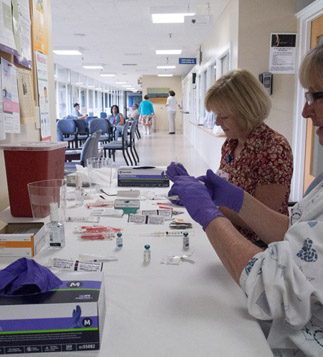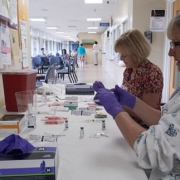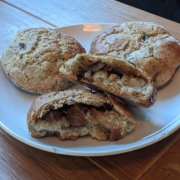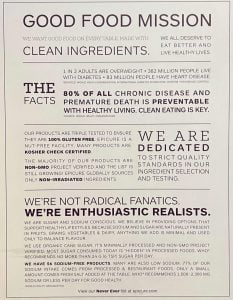Research Offers Significant Advances in Treatment of Celiac Disease
 “Researchers have made significant advances toward understanding celiac disease, bringing ‘ “a surge of potential therapies to the drug development pipeline” ‘
“Researchers have made significant advances toward understanding celiac disease, bringing ‘ “a surge of potential therapies to the drug development pipeline” ‘
- Alice Callahan, New York Times, advisory.com 1
According to Alessio Fasano, director of the Center for Celiac Research and Treatment at Massachusetts General Hospital, until roughly 15 years ago, pharmaceutical companies did not show much interest in research and drug development for celiac disease.
“At the time, researchers knew that for those with the condition, consuming gluten — a protein found in wheat, rye and barley — caused damage to the small intestine,” Callahan writes. “But they didn’t understand how or why gluten had this effect.”
Still, at the time, many believed the simplest way to manage celiac disease was to adopt a gluten-free diet, Fasano said.
Currently, a gluten-free diet is the only way the estimated 1% of people who have this autoimmune condition can avoid small intestine damage and the unpleasant symptoms of the disease, which can include abdominal pain, diarrhea, constipation, depression, fatigue, headache, a blistery skin rash, and iron-deficiency anemia.
Even a small amount of gluten—just a crumb—can trigger symptoms and cause intestinal damage. In addition, a strict gluten-free diet requires non-stop vigilance and makes everyday activities like eating out and traveling “risky and anxiety-provoking,” Fasano said.
In a survey published in 2014, 341 respondents with celiac disease said the burden of managing the condition was worse than the burden of managing chronic acid reflux or high blood pressure—equating it to living with diabetes or kidney disease with dialysis.
According to Elena Verdú, a professor of gastroenterology at McMaster University in Ontario, Canada, even when trying to avoid gluten, roughly 30% of people with celiac disease still experience symptoms.
Meanwhile, gluten-free foods can be much more expensive than options that contain gluten. In addition, many people do not have access to a dietitian who can support them and help them plan a balanced, gluten-free diet, Verdú said.
“As it’s become clearer that maintaining a gluten-free diet is neither simple nor satisfactory for many celiac patients, researchers have also made recent strides in grasping how the disease works,” Callahan notes.
Now, researchers understand “almost step-by-step the march, the progress from the moment in which you break down gluten to the point in which you destroy your intestine,” Fasano said. “An entire world opens up in terms of new treatments.”
Developing potential therapies
While there is currently no treatment for celiac disease, there are 24 potential therapies in various stages of development, according to the Celiac Disease Foundation.
Notably, the therapies being tested are designed to target different parts of the disease pathway, Fasano said.
- For example, some therapies are enzymes meant to help with the digestion of gluten by breaking it down into smaller, less harmful fragments.
- Other approaches are designed to make the lining of the small intestine less porous, making it more difficult for partially digested gluten to enter the body.
- Still, other therapies are designed to target the immune system to prevent it from damaging the intestine, Fasano added.
- Vaccine-like therapies for celiac disease, which would train the immune system to tolerate gluten, are also being investigated. According to Fasano, this approach is the “holy grail” because it could allow those with celiac disease to safely consume higher amounts of gluten.
Notably, a Phase 2 trial of a vaccine-like therapy for celiac disease was discontinued in 2019 because it did not appear to be effective. However, Fasano said researchers still “hold a lot of hope in this approach.”
If these potential therapies are proven safe and effective, they likely would not be cures for the disease or “a free ticket for high-gluten consumption,” but they could help mitigate the effects of accidentally eating small amounts of gluten, Verdú noted.
Still, these potential therapies are likely at least a few years away from receiving approval. “Drug design and approval is a really very lengthy path,” said Verdú.
With so many potential therapies under development, Verdú said she hopes to eventually see several medications on the market. (Callahan, New York Times, 6/1)
1 https://www.advisory.com/daily-briefing/2022/06/06/celiac-therapies













